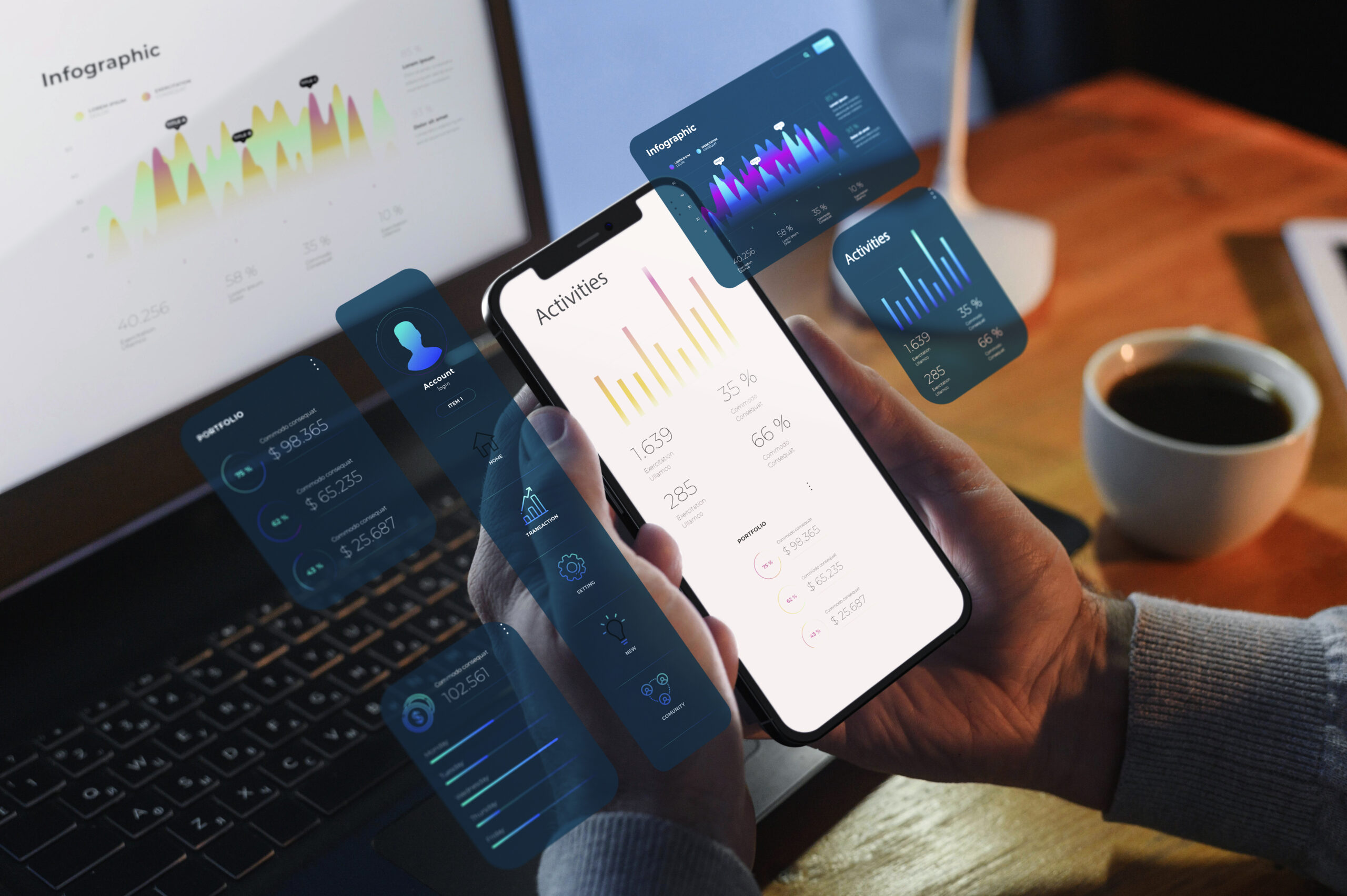In a rapidly evolving business environment, efficiency, sustainability, and resilience are not optional – they are essential. Organisations across sectors are under pressure to reduce costs, minimise downtime, and align with ambitious net-zero goals. Yet, without the right tools, leaders often lack visibility into the performance of their assets and processes.
This is where Digital Twin technology is changing the game. A Digital Twin is a virtual replica of physical assets, systems, or processes. It connects real-time data with advanced analytics, creating a living model that allows businesses to simulate, predict, and optimise performance.
The Challenges Organisations Face
Traditional operations tend to be reactive rather than proactive. Maintenance is usually scheduled only after equipment shows signs of failure or breaks down, resulting in costly emergency repairs and unexpected downtime. Energy consumption data is often collected after the fact, making it difficult to identify inefficiencies or optimise usage in real time. Decision-making is frequently hampered by fragmented or siloed data sources, leaving managers without a comprehensive view of their assets’ performance. This reactive approach leads to:
- Higher maintenance costs and unplanned downtime
- Inefficient energy usage driving up carbon emissions
- Limited ability to forecast demand or test scenarios
- Difficulty in meeting regulatory and sustainability requirements
These gaps highlight why businesses need a smarter, data-driven approach.
How Digital Twin Provides the Answer
Digital Twin technology offers a shift from reactive to proactive management. By replicating real-world systems in a digital environment, organisations can:
- Monitor asset health in real time
- Predict equipment failures before they occur
- Simulate scenarios to optimise energy use and costs
- Benchmark performance across sites or portfolios
- Support sustainability initiatives through reduced waste and emissions.
For example, research shows that Digital Twins can improve asset availability by nearly 20% while cutting maintenance costs by 25%. Similarly, a Gartner survey found that 75% of enterprises implementing IoT already use some form of Digital Twin or plan to.
Driving Sustainability and Smart Decisions
Beyond operational efficiency, Digital Twin in sustainability plays a crucial role. By simulating outcomes and identifying inefficiencies, organisations can make decisions that reduce carbon emissions and optimise resources. Studies highlight that smart building projects deploying Digital Twins have cut emissions by up to 30%.
This capability is particularly valuable in industries such as manufacturing, real estate, energy, and transport, where the balance between growth and sustainability is critical.
How Ecolibrium SmartSense is Leading the Way
At Ecolibrium SmartSense, we have taken Digital Twin to the next level with our flagship platform. Unlike traditional monitoring systems, Ecolibrium SmartSense creates a digital twin of an organisation’s entire portfolio. Every asset is captured on a single, unified dashboard, providing:
- Real-time visibility into energy and asset performance
- Predictive maintenance alerts to reduce downtime
- Benchmarking tools to compare performance across facilities
- Actionable insights that drive cost savings and sustainability outcomes
Through Ecolibrium SmartSense, clients can benchmark performance across sites, simulate operational scenarios, and implement targeted strategies for efficiency. The platform is already enabling enterprises to move closer towards their sustainability targets while achieving significant cost savings and measurable progress towards net-zero goals.
Discover how Ecolibrium SmartSense can help your organisation unlock efficiency with digital twin technology → Book a demo.

